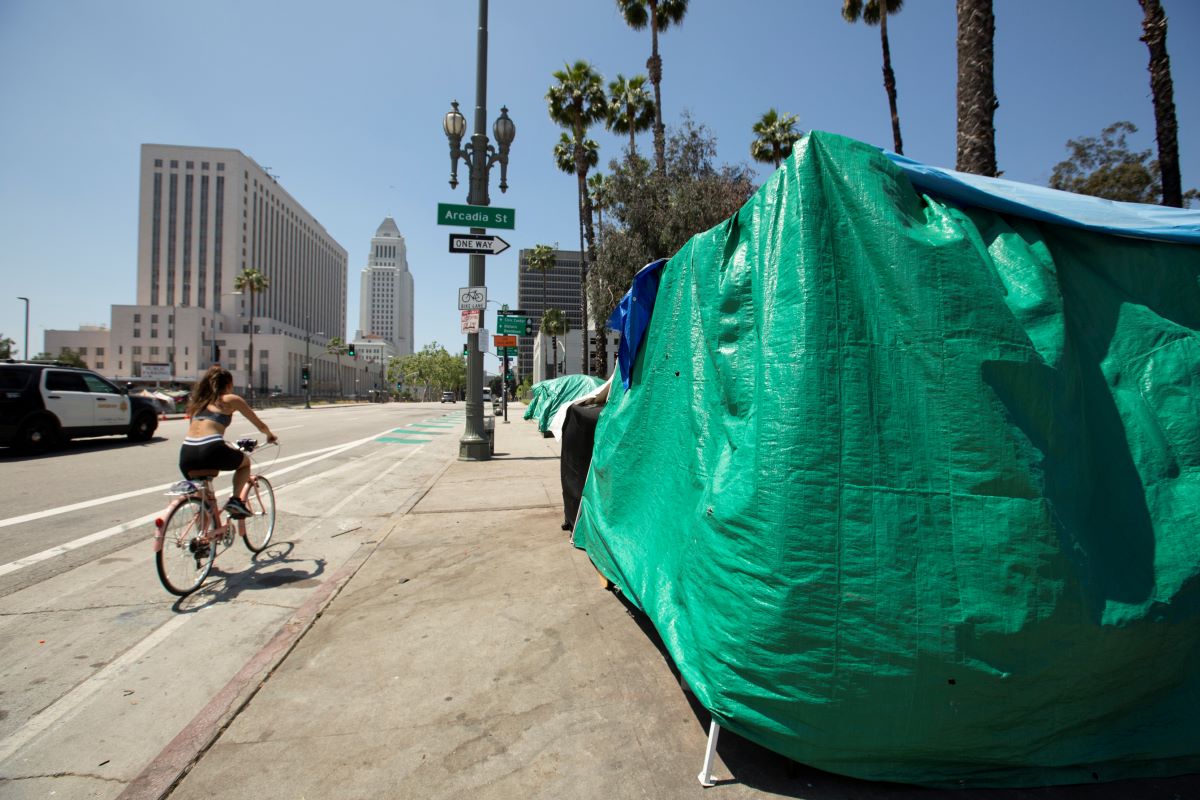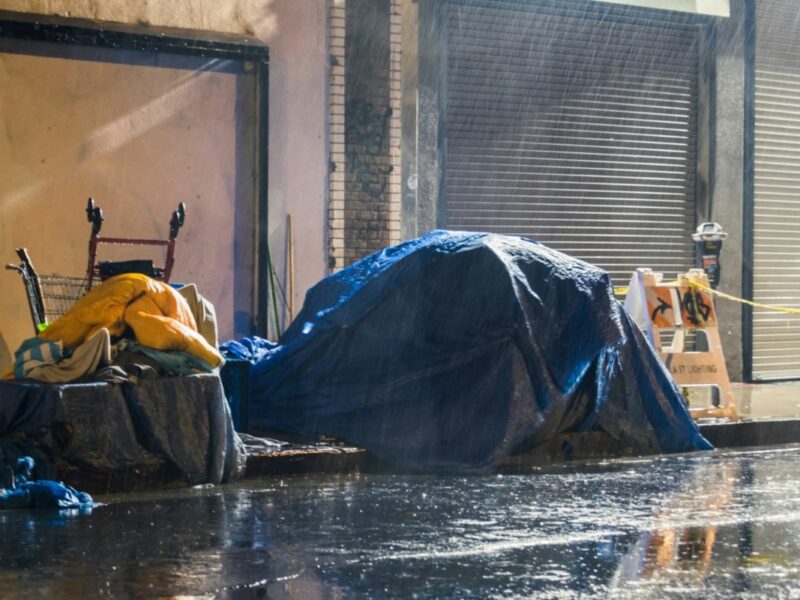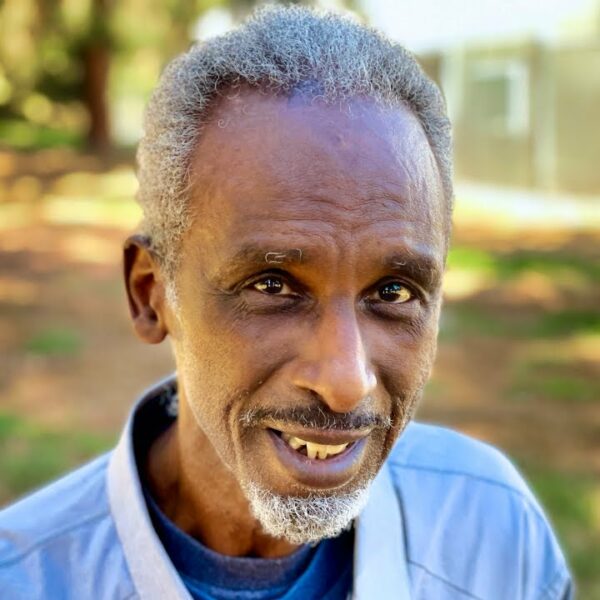Los Angeles’ urban camping ban is generally ineffective at connecting people experiencing homelessness with housing options and makes it harder for those people to access services, according to a city report obtained by Invisible People.
The report was submitted to Los Angeles City Council in November 2023 but was never made public. It analyzed more than 174 encampment cleanups between December 2021 and November 2023 to determine whether L.A.’s ordinance prohibiting public camping, also known as Ordinance 41.18, was effective at connecting people with housing and preventing encampments from recurring.
Overall, the report found that the ordinance is not effective at housing people or preventing encampments from occurring. The findings also push back against many of the narratives that local leaders use to defend the ordinance.
One key finding from the report is that 81% of encampments returned to the place where they were previously cleared. This suggests that Ordinance 41.18 simply serves to move encampments around the city instead of providing a more permanent solution, as city leaders have previously suggested.
The report also found that 94% of people living in encampments when they were cleared said they wanted to be placed in a shelter, but only 18% could get in. This finding contradicts the assertion that people living outside do so because they are so-called “service resistant.”
The report also made it clear that L.A.’s strategy of removing encampments is making it harder for service providers to connect with people experiencing homelessness. According to the report, only 17% of people living in encampments connected with services following a 41.18 operation. This finding directly contradicts assertions that the camping ban helps connect people experiencing homelessness with services.
LAist was the first to report on the existence of the report.
“As many people are already engaging with services, encampment clearings can disrupt their service pathway,” the report reads in part.
“Clients may move away from the location, and providers may lose contact after clients are displaced. Clients may also become distrustful of providers and refuse services after being forced to move from their current location. Encampment clearings can lead to a loss of I.D. and documentation that are crucial for ongoing services and eventual housing,” it continues.
L.A.’s camping ban has been a political lightning rod for several years. The law prohibits people from sitting, eating, and lying down in public and requires city agencies to post formal notices before an encampment can be cleared. The law was expanded in 2021 to include camping in front of schools and daycare centers and again in February 2023 to include parks, recreation centers, and other public facilities.
L.A. City Council President Paul Krekorian, who co-authored the camping ban law, pushed back against the report’s findings. He told the publication that the report contained “inaccuracies” that were potentially “deliberately misleading.” He also said that LAHSA hasn’t been responding to legitimate questions from the city.
Paul Rubenstein, LAHSA’s head of external affairs, told LAist that Krekorian’s assertions about the report being “deliberately misleading” are false.
“LAHSA offered impartial analysis based on the available data,” Rubenstein told LAist. “Our goal is always to provide honest assessments that will allow elected officials to make informed policy decisions.”
The report also has set off a firestorm outside of city hall. The Los Angeles Times editorial board published an op-ed on Mar. 6 calling for city leaders to make the report available to the public. The editorial also chided city leaders for sitting on the report for so long.
“Homelessness is the most pressing issue in Los Angeles, and in this election year, Angelenos need to know if the anti-camping law is accomplishing anything,” the editorial reads.
How You Can Help
Handcuffs will never solve homelessness. The pandemic proved that we need to rethink housing in the United States. It also showed that many programs designed to address homelessness are rooted in law enforcement rather than social services.
Tell your representatives you support revamping how your city addresses homelessness. Handcuffs do not get anyone closer to stable housing. Instead, we must focus on compassionate solutions, the first step to ending homelessness.













